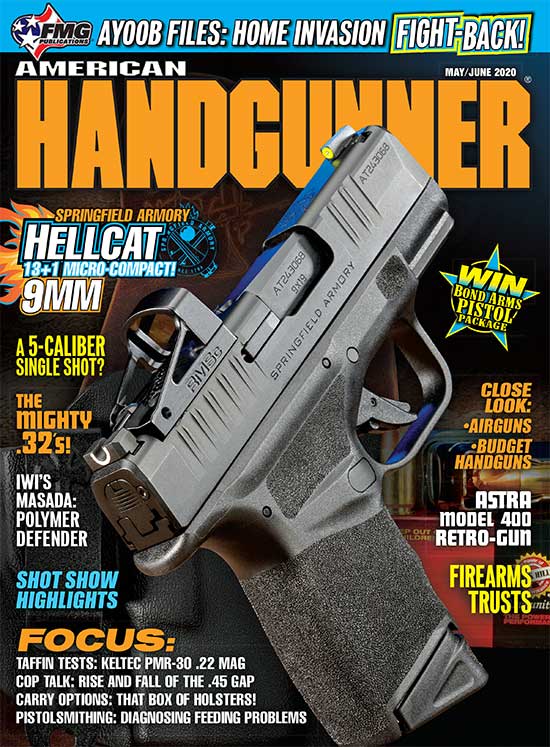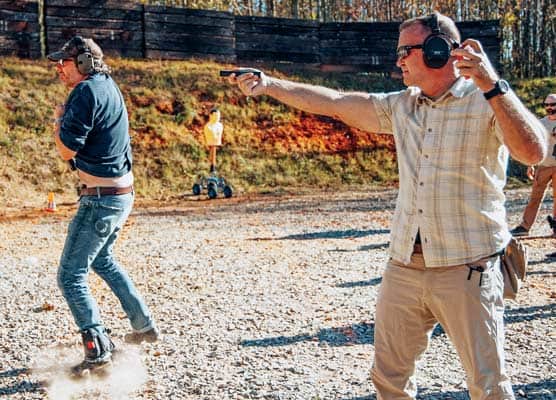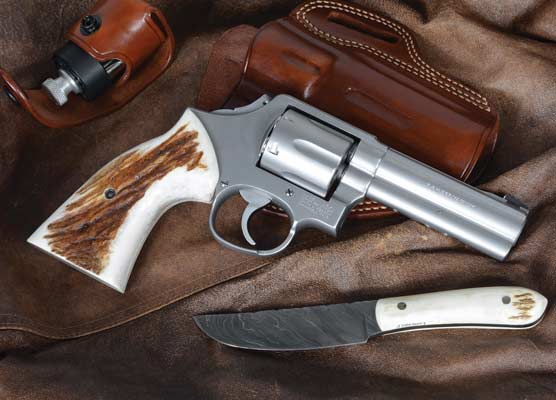Funny Sounds
The first test is just to see if the rounds will feed. The owner supplied a pair of magazines from an unknown maker. In a 1911 the rounds have a distinctive “whoosh” when being stripped from the magazine during feeding into the chamber. The first rounds fed in this case, have a two-part “ker-plunk” indicative of the bullet nose skipping off the feed ramp then into the barrel chamber. Not what we want. Hitting the feed ramp or barrel ramp can cause malfunctions and in some cases dangerous ammo issues — which it did in this case.
The bullet nose hit the ramp hard and the bullet pushed back into the cartridge case about 0.080". This results in a “compression load” for the round, increasing pressure, and could result in a ruptured case during firing.
There are a number of causes for “bullet skip” so I need to find the cause and a correction. One trick I do to see where the bullet nose is impacting the ramp is to coat a number of rounds with layout fluid. The fluid is like a temporary paint used in machining. As the coated rounds are stripped from the magazine on chambering, the blue coating rubs off the nose of the bullet, leaving a trace on the area it impacted. Now I can see the spot the bullet is skipping off of.
In this case it was the barrel throat area, about midway up from the bottom of the barrel. On this barrel the ramp has a very steep angle, allowing more case support on the necked cartridge. I really don’t want to modify that too much. The next thing to check was the magazine feed angle. Is it too low to allow for proper feeding? In my shop I supply Tripp or Wilson magazines with custom builds so I next tried one of them. Still hitting a little low. Next test was the actual position of the magazine. I noticed, when seated, the magazines were a little loose and had some vertical movement. I measured the movement and they had about 0.070" of vertical play. This was almost identical to the amount the bullet nose was hitting low on the barrel throat.







